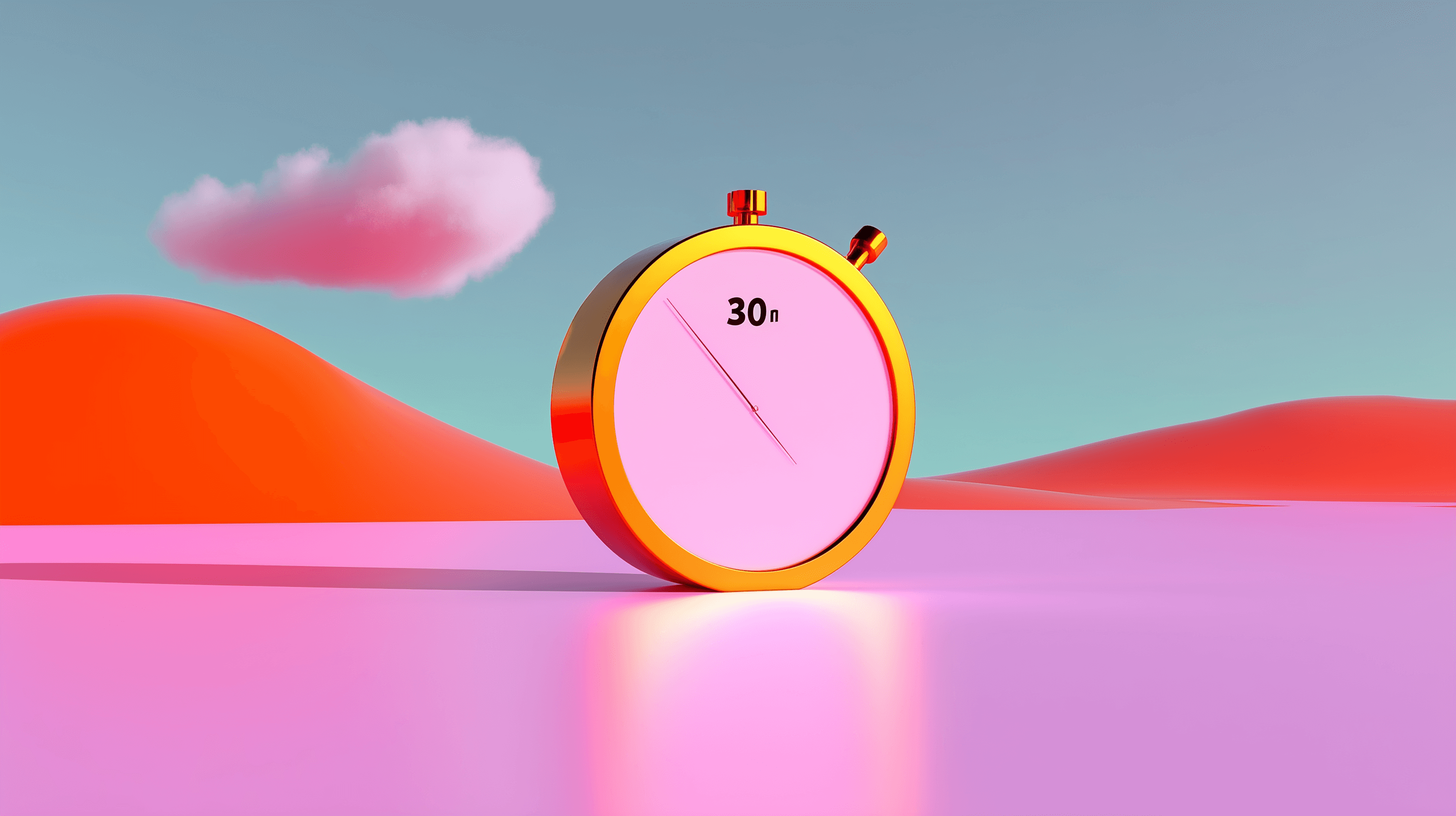How the Fake-Ad Era Redefined Monetization - Timing Beats Tactics


Introduction
The 2025 UA landscape is brutally effective — and brutally competitive.
Chinese publishers dominate it with a formula that works almost oo well:
- Fake ad wins the CPI.
- Playable mini-game wins the install.
- Hidden core (4X, coin-meta, merge, etc.) wins the money.
The formula isn’t new, but the precision is. The onboarding “mini-game” is no longer duct tape; it’s a conversion layer. The trick is transitioning from fake fun to real monetization without losing trust.
Western studios, on the other hand, hesitate. They worry — rightly — that monetizing too early kills immersion. One pushy paywall, one mid-session ad, and the player is gone.
The challenge isn’t monetizing less. It’s monetizing smarter.
The Art (and Risk) of the Fake-Ad Funnel
Fake or exaggerated ads are everywhere. They lower CPI by promising simple, satisfying mechanics — a pin puzzle, a coin drop, a mini rescue.
But once players install, they’re quickly ushered into the “real” core loop:
- A resource-based 4X system
- A merge or build mechanic
- Or a coin-master-style meta
This switch can work beautifully — if it’s timed right.
Move players from “fake” to “real” too soon, and it feels like a bait-and-switch. Wait too long, and you waste momentum and ad spend.
The truth is that timing mistakes are expensive. Poorly placed monetization moments cause more than churn — they erode trust, reviews, and long-term retention.
What Western Teams Get Right (and Wrong)
Western app owners care deeply about player experience.
They build cinematic intros, polished tutorials, and frictionless UX. They want to make players feel something before asking for money — and that instinct is correct.
But there’s a trap here:
Without clear signals about when users are actually receptive, many studios either:
- Ask too soon, shattering immersion, or
- Wait too long, missing the engagement peak.
The difference between those two extremes isn’t design — it’s timing.
Timing Mistakes That Cost Millions
Let’s look at the most common pitfalls across genres:
4X / Strategy
The “join alliance” or “starter pack” offer often hits right after the tutorial — when players are still lost. The result: skipped dialogs, missed conversions, and complaints about pushy monetization.
Wait until the first mastery moment — a small victory, a calm build loop — and the same offer feels rewarding, not aggressive.
Puzzle / Royal Match
Players in flow don’t want interruptions. Showing a life refill or booster bundle mid-level breaks rhythm. But surfacing it right after a near-miss or at session end can triple engagement without feeling spammy.
Social Casino / Coin-Meta
A VIP upsell during a spin feels greedy. The same offer, shown when a player finishes a “village” or hits a jackpot, feels aspirational. Timing transforms perception.
Idle / Hybrid-Casual
Players check these games in short bursts. The best teams trigger paywalls or progress offers when the device context signals relaxation (like at home in the evening) — not when the user is in transit or multitasking.
Why Context Beats Guesswork
The biggest unlock here isn’t new creative. It’s context.
Every app already knows what players do — level complete, mission start, out of lives.
But few know how they’re doing it — are they relaxed? Focused? Distracted?
That’s where most monetization strategies fall apart.
Event-based triggers are necessary but blunt. They tell you when something happens, not when it should happen.
What if your paywall only fired when the player was truly ready — calm, engaged, not distracted by a notification or low battery?
What if your ad breaks adapted automatically to moments of downtime, rather than fixed timers?
That’s not fantasy — that’s the next evolution of monetization timing.
Enter ContextDecision: The Timing Engine for Monetization
ContextDecision, part of the Context Platform, optimizes the moment you ask for value.
It uses on-device AI to detect receptivity in real time — whether a user is stationary, walking, commuting, or idle — and gates monetization events accordingly.
No data leaves the device, no IDs, no GPS. It’s 100% privacy-safe and future-proof.
Here’s how it changes the game:
- Bridges the “fake → real” handoff: Detects the first receptive window after the onboarding mini-game, so your real core loop (and first monetization) feels natural, not manipulative.
- Protects immersion: Paywalls, IAP offers, and rewarded ads trigger only when attention is available — not when frustration peaks.
- Ethical monetization: Studios can drive revenue without “monetization guilt,” earning on trust rather than interruption.
- Proven results: ContextDecision drives measurable lifts in revenue (+50% in some cases) while maintaining 0 increase in complaints.
What Changes When You Monetize by Moment
When teams start treating timing as a first-class metric, everything improves:
- More revenue, less regret: Higher IAP take-rates and ARPPU without angry users.
- Cleaner UX metrics: Longer sessions, better return rates, fewer rage-quits post-offer.
- Smarter ad economics: Rewarded ad CTR and ROAS rise when ads appear in receptive moments.
- Happier players: The product feels paced, not pushy — which means fewer bad reviews and better retention curves.
What to Measure in This New Era
Moving from static triggers to moment-based monetization also means tracking smarter metrics:
- Prompt eligibility vs. shown: How many offers could you show vs. how many you should show.
- Conversion by moment quality: Are “calm” moments really converting better? (They are.)
- Revenue per 1,000 eligible moments (RPM): A better measure of monetization health.
- Time-to-re-prompt: If a prompt was delayed, did the later moment convert higher?
These new KPIs tell you whether your monetization is timed with reality — not just game logic.
The Future: From Monetization Timing to Monetization Trust
In the fake-ad era, anyone can buy installs.
The real winners will be the ones who earn the moment users say “yes.”
Western studios don’t need to copy Chinese playbooks — they need to refine them.
Keep your immersive design, but add a timing layer that respects attention and protects flow.
With ContextDecision, you can monetize ethically, scale sustainably, and stop guessing when players are ready.
Because in 2025, it’s no longer about showing the offer first - it’s about showing it at the right time.






